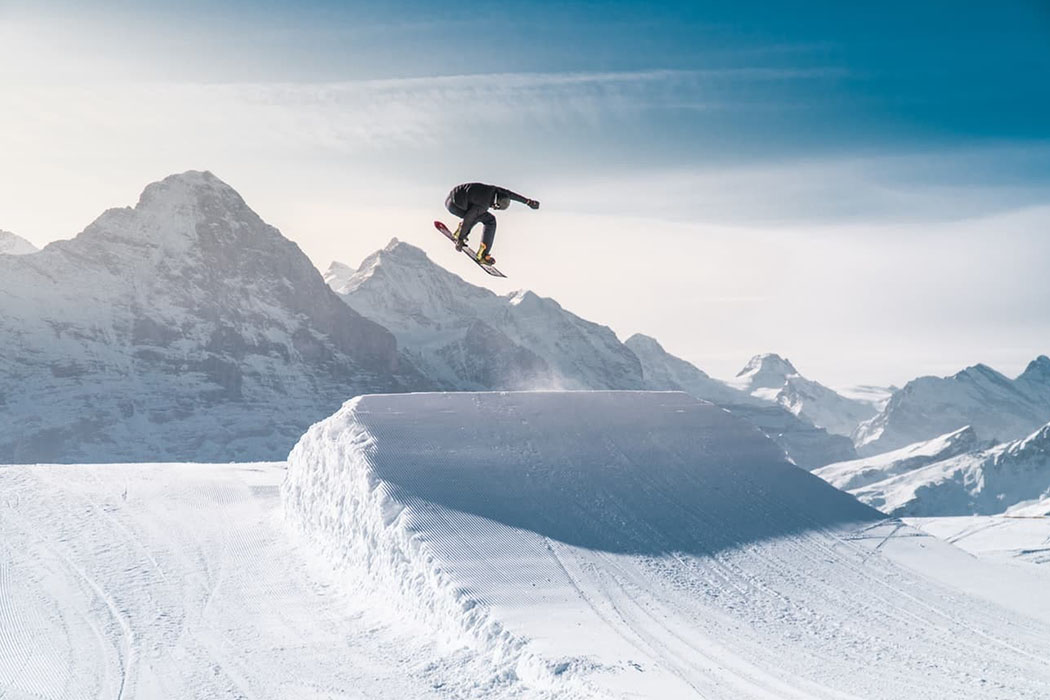Make your team a Design driven company
Lorem Ipsum is simply dummy text of the printing and typesetting industry. Lorem Ipsum has been the industry's standard.
Cuttack Heritage Walks is committed to creating awareness and love for heritage history and culture with focus on Undivided Cuttack District.
We are all a team of leaners.
Heritage Trail exploring a new place every month.
Listen from an eminent speaker and learn from their experience
Engage in different festivals and get invloved in several activities

Membership not mandatory to attend walks/ khatti.
₹500per year
₹1000per year
₹5000one time
₹5000+one time
There are many variations of passages of Lorem Ipsum available, but the majority have suffered alteration in some form.

Lorem Ipsum is simply dummy text of the printing and typesetting industry. Lorem Ipsum has been the industry's standard.

Lorem Ipsum is simply dummy text of the printing and typesetting industry. Lorem Ipsum has been the industry's standard.

Lorem Ipsum is simply dummy text of the printing and typesetting industry. Lorem Ipsum has been the industry's standard.